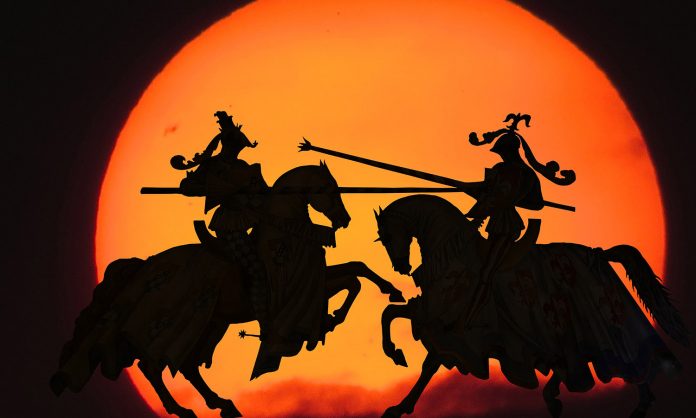
In a post on the SFWA blog, Corrine Kumar says fight scenes are an overlooked method of characterization. “Fight scenes are a powerful opportunity to show the reader who your character is, where they come from, and the type of world they live in,” she says.
Weapons can convey social status. A commoner may wield a simple steel sword, while a nobleman will carry a weapon made of special material or with intricate decorations, which may have been in his family for generations. How a character discusses fighting technique can convey training or lack of it.
The design of weapons can vary from culture to culture, as well. A Bowie knife, a machete, and a katana all have unique cultural connotations. How a character fights can also communicate their warrior background. Does your character fight honorably, or does he use any method necessary to win? Consider the difficulty the English faced fighting the colonialist rebels, who didn’t line up to face their foe and take turns shooting. Does one character fight without regard for collateral damage? Is one foe or the other willing to kill?
Combat can also help you establish genre, whether you are using a magic system or a science fiction super-weapon like the Death Star.
The stakes for your character are never higher than when they are in physical danger. Does your character focus on the stakes during the fight? What is the character’s perception of the stakes? Does he realize he’s in a life or death situation? Can the stakes heighten during the fight?
“We often think of conveying character and world-building through description or dialogue, but fight scenes too can do this same heavy-lifting,” Kumar says. “These strategies will make your fight scenes richer, more engaging, and unique while also grounding your reader more deeply in your story as a whole.”











